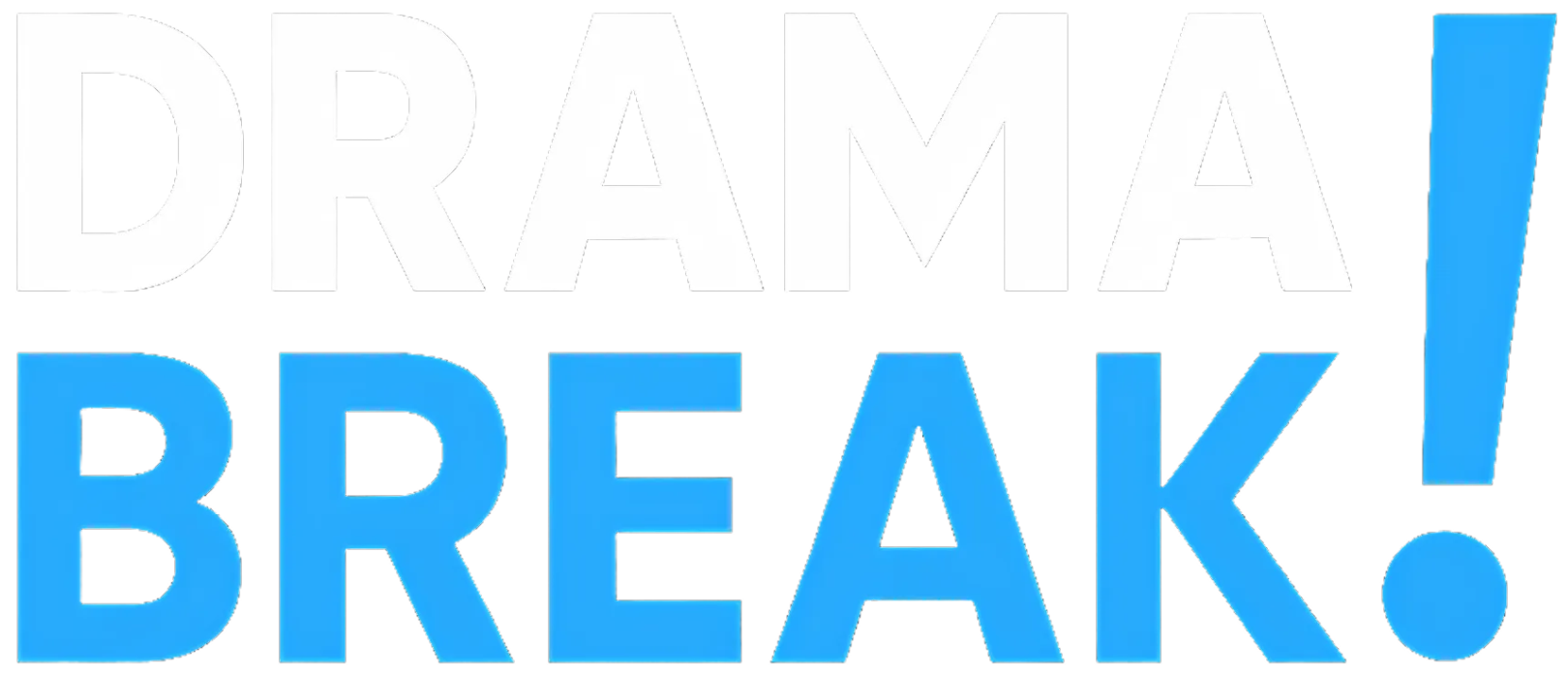Lin-Manuel Miranda: The Training of an Artist
By Daniel Pollack-Pelzner
Simon & Schuster: 400 pages, $30
If you happen to purchase books linked on our web site, The Instances might earn a fee from Bookshop.org, whose charges help unbiased bookstores.
For a highschool project, Lin-Manuel Miranda tried to make a movie in regards to the 1804 duel between Alexander Hamilton and Aaron Burr. Whereas he and his girlfriend have been scouting places, a thief grabbed their video digital camera. Miranda couldn’t afford a alternative, and his social research instructor, unimpressed with the script he submitted, awarded him a B-.
What should that instructor be considering now?
The tenth anniversary of Miranda’s Tony Award-winning, culturally transformative musical “Hamilton,” with the duel as its centerpiece, has occasioned a brand new wave of crucial hosannas. Daniel Pollack-Pelzner’s affectionate biography supplies an illuminating have a look at Miranda’s artistic improvement and influences, in addition to an in depth account of how his best achievement (and different initiatives) coalesced.
“Lin-Manuel Miranda” advantages from Miranda’s intensive cooperation and greater than 150 interviews together with his household, buddies, mentors and collaborators. The biography depicts a joyous, charismatic, well-meaning, sometimes imperfect man and artist who loves the limelight and manages to soak up helpful classes from almost every part he hears, reads and sees. Imbued with “a burning need to create artwork and a limitless curiosity about methods to do it higher,” Miranda realized from a rapping bus driver, a highschool girlfriend with a present for guiding and musical artists as various as Stephen Sondheim, Gilbert and Sullivan, Rubén Blades, Jonathan Larson, Jay-Z and Eminem.
As instructed by its subtitle, “The Training of an Artist,” the guide is the nonfiction equal of a bildungsroman. It particulars the constellation of selections that led to the breakthrough success of “Hamilton,” in addition to to Miranda’s first Tony-winning Broadway present, “Within the Heights,” and his subsequent Oscar-nominated songs for Disney’s “Moana” and “Encanto.”
The tone is generally celebratory. However Pollack-Pelzner pays consideration to Miranda’s stumbles and unsuitable turns, together with a failed time-travel musical, in addition to to his precocity. Together with revealing interviews from faculty pals like present MSNBC host Chris Hayes, he attracts on a beforehand untapped archive that features household images, Miranda’s juvenile movies and draft scripts of his highschool and school musicals. “He was this nuclear reactor of creativity,” recollects Hayes, who directed Miranda’s brief musical “Nightmare in D Main” at Hunter School Excessive Faculty.
It’s a kick to be taught that for one group project in eighth grade, Miranda, an often-disengaged scholar, set chapters of Chaim Potok’s novel “The Chosen” to music, recorded the songs and advised his classmates that their solely position was to lip-synch his lyrics.
As a senior, Miranda opted to direct “West Facet Story,” a uncommon theatrical reflection of his Puerto Rican heritage. Extra astounding, he managed to influence Sondheim, the present’s lyricist, to regale an awe-struck highschool drama membership with anecdotes about his missteps. The Sondheim relationship remained pivotal to Miranda, who later shared concepts about “Hamilton” together with his mentor and wrote the Spanish-language lyrics for a 2009 Broadway revival of “West Facet Story.”
At Wesleyan College, Miranda really got here into his personal. He launched himself to his freshman dorm mates by performing one in every of his compositions, “7 Minutes in Heaven,” “a cappella, performing and singing all of the elements as they sat on the mattress going through him, gob-smacked.” Miranda’s sophomore yr manufacturing of his musical “Within the Heights,” mixing rap and Latin rhythms, was a one-act that differed dramatically from its eventual Broadway incarnation. However the present turned a campus sellout and sparked a modest model of the ticket frenzy for which “Hamilton” turned recognized.

Daniel Pollack-Pelzner’s affectionate biography supplies an illuminating have a look at Lin-Manuel Miranda’s artistic improvement and influences.
(Andie Petkus Pictures)
For all these early achievements, and however Miranda’s 2015 MacArthur Basis “genius grant,” Pollack-Pelzner de-emphasizes the thought of Miranda as a genius. (Not so John Kander, the composer of “Cabaret” and “Chicago,” who addressed him as “Boy Genius.”) Pollack-Pelzner makes a degree of noting his topic’s weaknesses, together with solely a middling musical theater voice and restricted piano chops.
However Miranda’s brilliance and originality — and, sure, genius — as a composer and lyricist are arduous to disclaim. With its dense, pyrotechnic lyrics and recurrent musical motifs, “Hamilton,” particularly, appears to develop richer with every listening to. Miranda’s potential to compose rap on the spot, showcased on Tony Awards exhibits and in performances of his Freestyle Love Supreme hip-hop group, recommend excess of mere craft or dexterity.
The origin story of “Hamilton” is well-known by now. The musical was impressed by Miranda’s studying of Ron Chernow’s biography; it began out as an idea album, “The Hamilton Mixtape”; and it was buoyed, in 2009, by an enthusiastic White Home reception of its now-iconic opening quantity. The well-known multicultural casting, a touch upon and reenvisioning of the American experiment, was motivated, partly, by Miranda’s need to make use of lots of his gifted buddies.
One tantalizing revelation is that Miranda labored for a time with a playwright on the guide of the musical (as he had with the Pulitzer Prize-winning playwright Quiara Alegría Hudes on “Within the Heights”). However this one collaboration failed, Pollack-Pelzner says, as a result of the dialogue scenes interrupted “Hamilton’s” propulsive circulation. The playwright in query stays tactfully unnamed. And, little doubt, questioning ruefully about what may need been.
Klein, a cultural reporter and critic in Philadelphia, has written for the Atlantic, the Nation, the New York Instances, the Wall Avenue Journal, the Washington Submit, Slate, Mom Jones and different publications.

